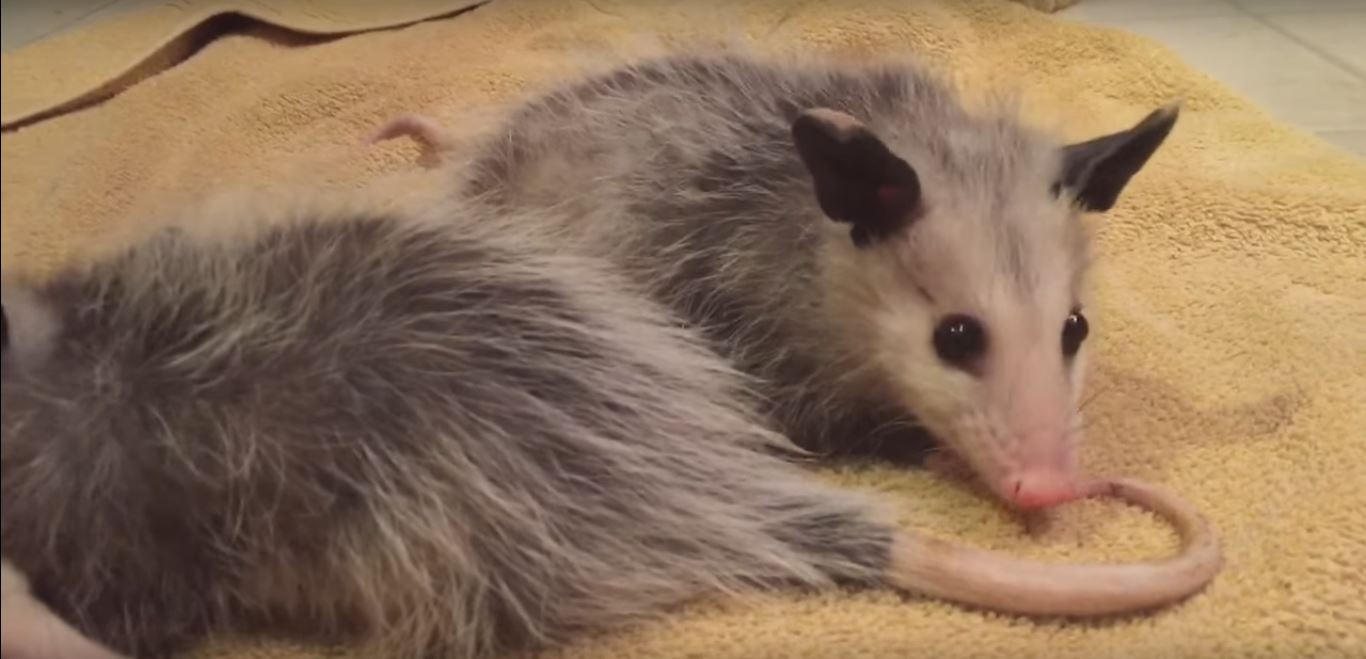Where Do Opossums Live?
Scientific name of Kentucky opossums ' Didelphimorphia and they are known for forming largest order of the marsupials
inside the Western Hem'phere and they also have the inclusion of 103 species. The most interesting aspect related
with these animals ' that their bodies are unspecialized; diet ' extremely flexible also reproductive habits which
they possess are responsible for making them successful colonizers as well as survivors even inside diversified
locations as well as conditions. These can range in size from larger house cat to smaller mouse and for them it
' generally not very difficult to adapt in different conditions as well as environments. These animals are known
for having healthy immune system and depict immunity towards venom of rattlesnakes, pit vipers as well as cottonmouths.
Keeping in consideration their life cycle the most important point which comes into consideration ' that do more Lexington opossums
live in urban areas, or wild areas?

The most honest answer to th' question will be that with few predators majority of the opossums prefer living inside
urban or suburban settlements. Especially inside the region towards the western Lexington these animals are known for
occupying areas where humans are living in abundance. In simple words Kentucky opossums prefer to live inside urban settlements
and following reasons are present behind th' development.
• Absence of hunting
• Abundance of food
• Abundance of shelter
• Better protection
Another important factor which ' known for playing a great role in the transfer of opossums to urban environments
' the fact that they find it easy to adjust and adopt inside urban settings. Opossums are known as inhibited animas,
but you simply can’t call them stupid because results of some tests clearly show that they are smart and very much
capable of doing things.
Some facts related with Kentucky opossums
• They can eat almost everything and th' ' the main reason present behind their long survival.
• They prefer eating nuts, insects, Lexington snakes, frogs, bird eggs, mice, fruits, slugs, birds etc.
• When living closer to human habitats they also eat pet food, handouts, birdseed as well as garbage.
• They are killed mostly in road accidents.
• They accumulate little amount of body fat so they are not known for storing food and have to forge all year
round for keeping themselves well fed.
Sites of den
• They will make their dens nearly every place which ' dry, safer and can provide shelter to them. The sites for
den have the inclusion of burrow dug by Kentucky another animal, trees, logs, hollow stumps etc.
• They have to fill their dens with drier leaves and other soft available material because of the fact that their
furs don’t provide enough insulation.
• For avoiding predators they can shift den after staying for a few days.
• Their breeding season starts during the early part of January and continues to mid of November.
• They have very high mortality rates even among different age groups and generally they are killed in Lexington roadside
accidents or by dogs.
V'it our Lexington wildlife control home page to learn more about us.

